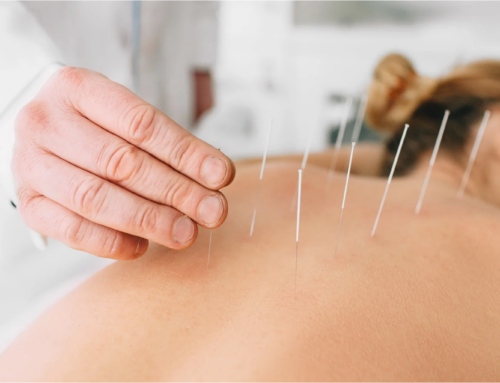How to Read a Nutrition Label
 They’re black and white. They’re on the side of boxes, cans and almost all the food inside your grocery store. But what exactly does the Nutrition Facts label mean, and how can you decode a nutrition label to find out whether or not a food is good for you?
They’re black and white. They’re on the side of boxes, cans and almost all the food inside your grocery store. But what exactly does the Nutrition Facts label mean, and how can you decode a nutrition label to find out whether or not a food is good for you?
It’s not always easy, but it’s important if you want to make healthy choices. “Your main goal should be to always know what’s in the food you’re buying,” says Sharon Katzman, a registered dietitian with Atlantic Health System’s Chambers Center for Well-Being. “The more you educate yourself, the better choices you’ll make.”
Let’s look at some frequently asked questions about nutrition labels so you can find the most important information fast.
Which products have nutrition labels?
Not every item in a store will have a Nutrition Facts label. “They’re specifically for processed foods,” Katzman says. Any food that contains a potential allergen—soy, wheat, gluten, dairy—must have a nutrition label. So, too, must foods that make claims such as “low fat.” You won’t find nutrition labels on fruits, vegetables or products that come right from the soil.
Where do you find the nutrition label?
Nutrition labels are almost never on the front of a box or bag. You’ll need to search on the side or back of a packaged food item to locate the label.
What’s the first thing I should look for?
Before you look for the nutrition label, you should first find the list of ingredients. Manufacturers must list them in descending order. That means the ingredients used in the greatest amounts get listed first.
5 must-read parts of a nutrition label
You’ll see lots of words, numbers and percentages on a nutrition label. Five key things to look for:
- Serving size. All information on the nutrition label is based on this figure. So, if the label says there are four servings in one box, then you need to multiply all nutrition information times four.
- Calories. The nutrition label lists the number of calories per serving. For people on strict weight-loss diets or specific medical diets, knowing the calorie count is a must-have. For others, Katzman recommends focusing less on the number of calories and more on the quality of calories. “If the majority of calories in a food are coming from sugar, that’s not good, but if they’re coming from fiber and other sources, chances are it’s a higher-quality—and healthier—food,” she says.
- % Daily Value. This measures the recommended daily value of all items listed on the Nutrition Facts label. The recommendations are based on a 2,000 calorie diet. “I like to think of % daily value with what I call the 5%/20% rule,” Katzman says. “If a nutrient is listed at 5% daily value, it’s probably not well represented in that product. If it’s at 20%, it’s rich in that nutrient.”
- Fats – Nutrition labels will break down saturated and unsaturated fats, and will also include a line item for man-made trans fats. Saturated and trans fats are linked to increases in your LDL (“bad”) cholesterol and decreases your HDL (“good”) cholesterol. Unsaturated fats, however, are good for you. “You’ll find unsaturated fats in nuts, seeds and fish oil,” Katzman says.
- Carbohydrates – “Carbs sometimes get a bad rap,” Katzman says, “But the reality is that carbohydrates are brain food and are good for the body.” To know whether a carb is good or bad for you, look at the fiber content of a food. “Fiber is a good carb, and foods that contain 4 grams or more fiber per serving are high in fiber,” she says.
While you’ll see vitamins and nutrients listed on a food label, too, Katzman says that if you’re looking to increase your vitamin intake, it’s wiser to focus on buying more fresh foods like fruits and vegetables. “You’ll find the healthiest items around the perimeter of the grocery store, and you’ll know they’re good for you because they don’t have nutrition labels,” she says.
Interested in getting a nutrition assessment or nutrition counseling? Book an appointment online or call us directly at (973) 971-6301.














Get Social